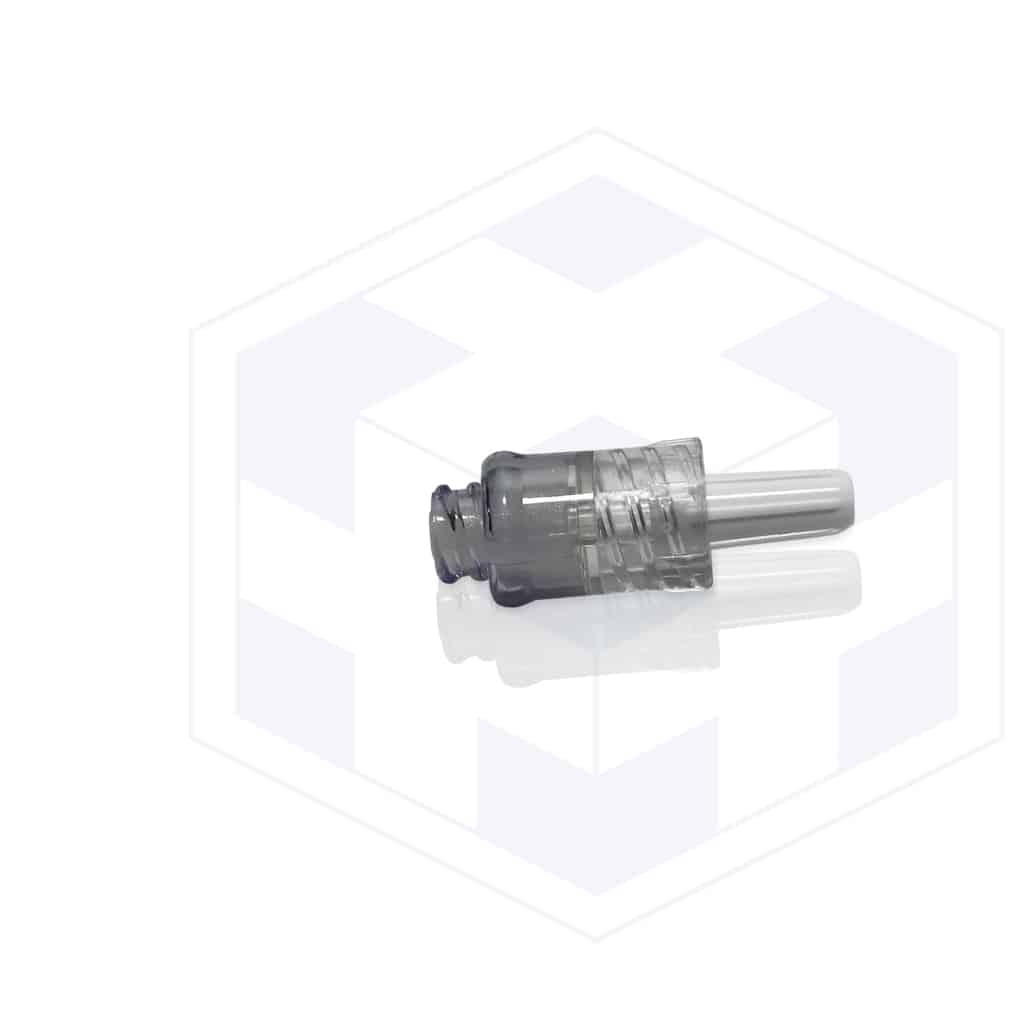If you are involved in the industrial sector, you are probably familiar with the importance of valves to regulate fluid flow in pipelines. Valves come in different shapes and sizes, such as gate valves, globe valves, check valves, and ball valves. Among them, ball valves are widely used due to their versatility and reliability.

Ball valves are designed with a ball-shaped disc that pivots on a central axis to control the flow of fluid. When the valve is open, the ball rotates to align with the pipeline, allowing the fluid to pass through. When the valve is closed, the ball rotates 90 degrees to block the flow.
One of the questions that often arise when selecting ball valves is whether they are bi-directional, which means that they can regulate the flow in both directions. In some applications, bi-directional ball valves are necessary to prevent reverse flow, backflow or contamination.
So, are stainless steel ball valves bi-directional? The answer is: it depends on the design and specifications of the valve. In general, there are two types of ball valves: full port and reduced port, each with different bi-directional capabilities.
Full port ball valves have a larger ball and bore than reduced port ball valves, allowing for higher flow rates and less pressure drop. Full port ball valves are bi-directional, meaning that they can regulate flow in either direction with equal effectiveness. This makes them ideal for applications where the flow direction may change or reverse, such as in chemical, petrochemical, and oil and gas plants.
Reduced port ball valves, also known as standard port ball valves, have a smaller bore and ball than full port ball valves, resulting in a lower flow rate and higher pressure drop. Reduced port ball valves are usually unidirectional, which means that they are designed to regulate flow in one direction only. Attempting to use a reduced port valve in reverse flow may cause performance issues or damage to the valve.
However, some manufacturers offer reduced port ball valves with bi-directional capabilities that can handle moderate reverse flow. These valves typically come with special seats and seals that allow for a certain degree of flow in the opposite direction without compromising performance.
In summary, if you need bi-directional ball valves for your application, make sure to choose full port ball valves or reduced port ball valves with bi-directional features. Also, consider using stainless steel ball valves for their durability, corrosion resistance, and hygienic properties. Contact your trusted valve supplier for assistance in selecting the right valves for your needs.